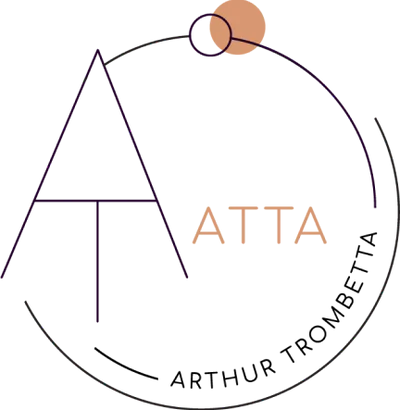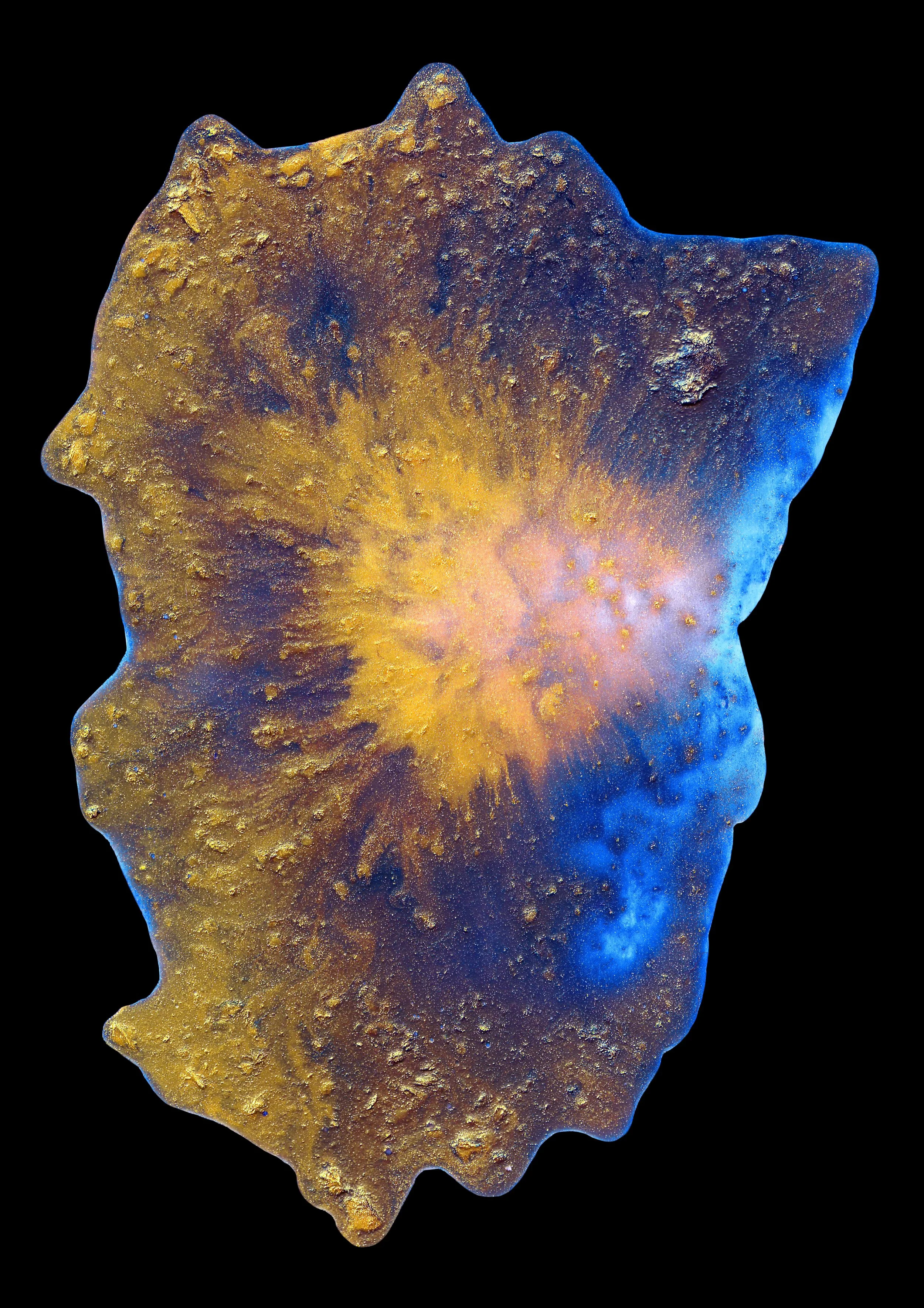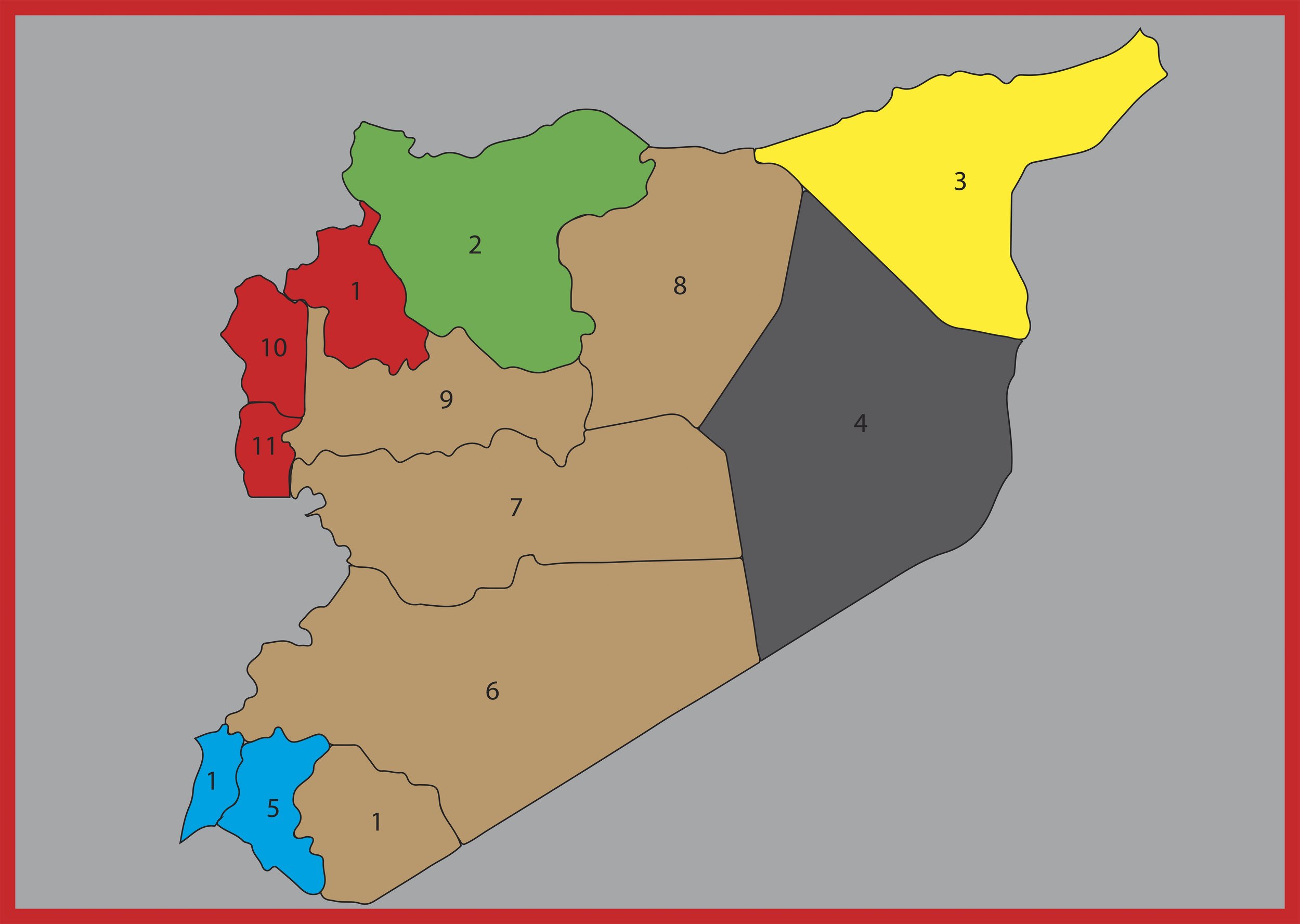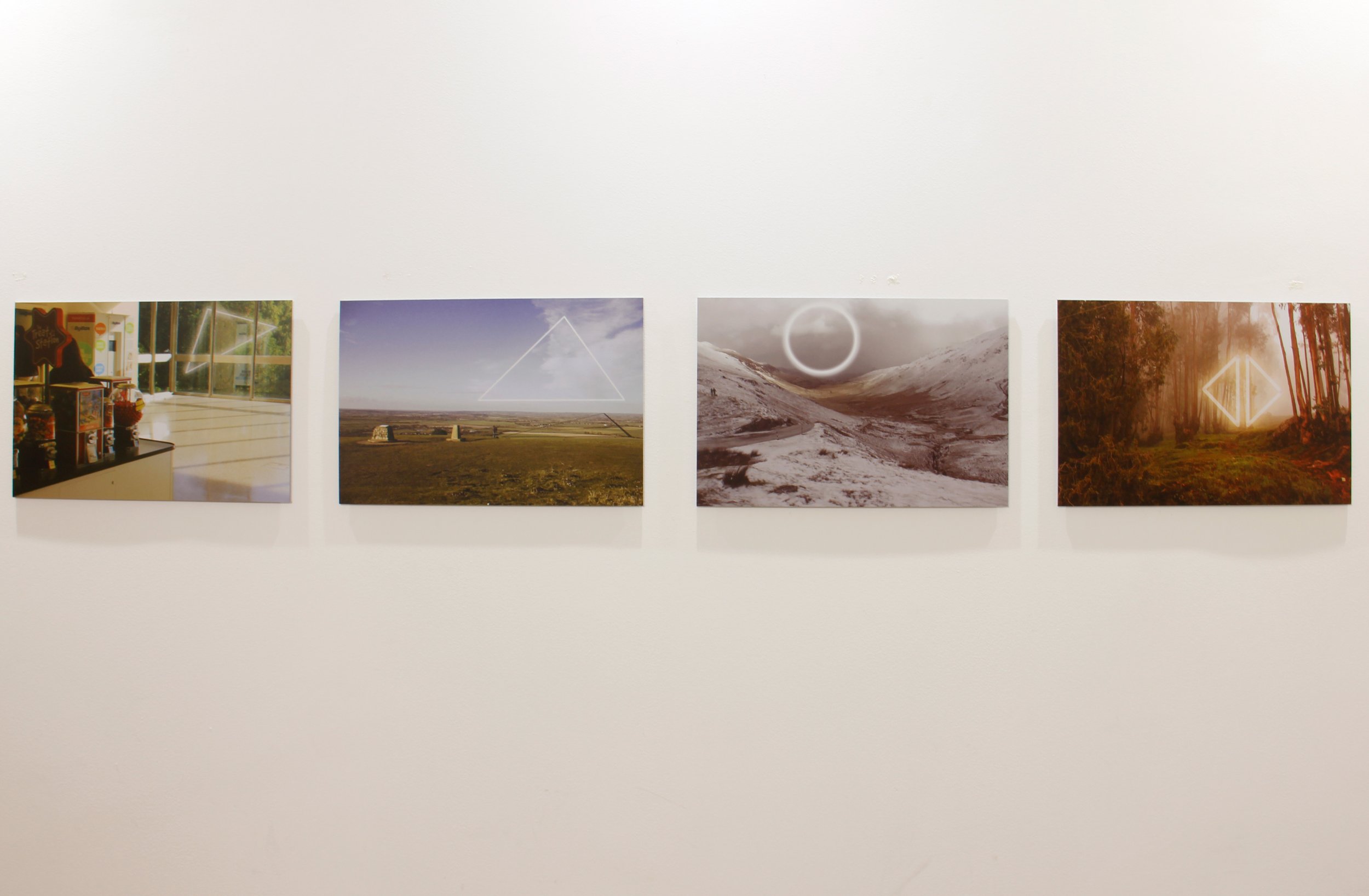-
Broken Eggs features a series of photographs magnifying details extracted from abstract paintings. […] The collection embodies a creative process inspired by fractals, where the initial abstract paintings become the foundation for subsequent photographs, fostering a continuous artistic growth.
-
Study LO 1.9 is a series of photographs initially presented to the public under the guise of a scientific archive. This project dives into the collection and analysis of bacteria fossils discovered on meteorites.
-
Questioning the Truth of the 21st Century is a collection of projects that probes a perspective on the progression of the shifting boundary between simulated images and authentic records within the context of contemporary armed conflicts.
The collection not only scrutinises the implications of this blurred boundary but also takes a witty and critical stance towards the early instances of fabricated evidence in the digital age.
-
Neons Project & Behind the patterns, two projects made a the very beginning of my art study that continue to inspire me today.
Broken eggs (2023)
Broken Eggs features a series of photographs that magnify details extracted from abstract paintings, inviting an exploration of the nuances within each fragment, ultimately transforming them into distinctive standalone pieces.
The collection embodies a creative process inspired by fractals, where the initial abstract paintings serve as the cornerstone for subsequent photographs, fostering a continuous artistic growth.
We all know the paradox: which came first, the chicken or the egg ? Regardless of the answer, it is never considered satisfying. One could even have fun transposing this paradox into an artistic context: is it the work that makes the artist or the artist who makes the work?
Undoubtedly, this paradox leads us to the theme of creation and the creator: Who did what? Who created whom? What is made of what? Thanks to ancient stories and texts, we know that these questions were addressed very early in human history, and many philosophers and religions have provided elements of an answer.
In the end, when one practices a creative profession, it becomes apparent that the relationship between creation and creator is primarily a beautiful story that ends as soon as it reaches its conclusion. Once created, the work will follow its own path while the creator strives to give life to new creations. The importance lies in the process, the forging, the choice of ingredients, and the chemical reaction.
My process is not very complex; I choose colors, place them on a surface, and they find their way. Once the paint is dry, I explore its smallest details, discovering this little world, and I transcribe it on a larger scale, highlighting the planets, rivers, oceans, mines, ravaged landscapes, and sometimes individuals, creatures, and monsters inhabiting this universe.
But what drives a creator to create?
It's simply the soul that feeds on creations to produce new ones that, in turn, nourish other souls in a circular fashion. Also, the creator is, ultimately, a creation born from the breaths of life, from a journey with its ups and downs, wonders and horrors, nightmares, and dreams.
A.Trombetta
Study Lo 1.9 (2016)
Medium: Photographs printed on foamex
Study LO 1.9 is a series of photographs initially presented to the public under the guise of a scientific archive. This project dives into the collection and analysis of bacteria fossils discovered on meteorites. Each bacterial sample was visually rendered and then paired with an artistic concept from a distant planet from which it could have originated.
The data collected from the fossilised bacteria were thoroughly analysed by scientists who have succeeded in uncovering sufficient evidence to locate the potential origin of these bacteria among specific planets. Each visual of a planet reflects its unique and challenging landscapes within which these bacteria had to adapt and evolve.
Despite the project's intriguing premise and visual allure, it was mysteriously abandoned for reasons unknown, leaving a veil of uncertainty around its completion.
Beneath the surface, Study LO 1.9 harbours a deeper intention. It challenges the audience to reevaluate their perception of scientific truth—an often unquestioned and accepted reality due to the authoritative nature of scientific discourse.
The project shines a spotlight on the potential for manipulation facilitated by new technologies. It provocatively raises the question: if a student armed with Photoshop and a compelling narrative can craft a convincing illusion, what other manipulations might be hidden behind authoritative and well-funded entities ?
D.A.P (2016)
Medium: Videos
Commonly referred to as the Digital Archive Project, the D.A.P serves as a dynamic extension of the Study LO 1.9 initiative. The objective was to digitally archive bacteria through groundbreaking conservation techniques but also to be able to to reverse the process, retrieving back a digitised subject into its organic form.
The D.A.P provides a mesmerising exploration of the potential intersection between digital and organic realms, offering a glimpse of a near future where a subject could be archived digitally and then reestablished later into an organic body .
What makes this endeavour particularly intriguing is the fact that these images of bacteria are not authentic but instead a record of a computer screen in which photographs were set into motion by the artist to simulate these revolutionise methods of archiving
Questioning the Truth of the 21st Century (2017 - 2018)
Questioning the Truth of the 21st Century is a collection of projects that probes a perspective on the progression of the shifting boundary between simulated images and authentic records within the context of contemporary armed conflicts.
The collection not only scrutinises the implications of this blurred boundary but also takes a witty and critical stance towards the early instances of fabricated evidence in the digital age, shedding light on the lack of sophistication that characterised attempts to justify military interventions such as the second American military intervention in Iraq.
Inspired by Lebanese artist Walid Raad and his work with The Atlas Group, reconstructing memories from the civil war in Lebanon by blending fiction and reality, these projects prompt audiences to question how they connect presented evidence with actual facts.
These projects also look at the disturbing aesthetics of images captured by various technological means, such as thermal cameras of aircraft and combat drones, raising questions about their reliability and how they affect our perception of armed conflict, notably by creating a kind of distance from the real horror of war.
Overall, Questioning the Truth of the 21st Century prompts a critical examination of how we perceive and interpret visual evidence in the context of contemporary armed conflicts and the broader socio-political landscape and to also reflect on the intricate interplay between reality, representation, and memory in today's digital age.
Wargames (2016 - 2018) is a series of work and installations that scrutinise fake documents and their impact over contemporary military conflicts.
The project manifests itself, in the first instance, as a staged fake document workshop presented over a surface including everyday tools such as scissors and glue. Printed photographs are also positioned alongside cut out tokens which serve as guide to help contextualise various intel.
These tokens are placed over fake war pictures, including photographs of toy soldiers modified with Photoshop and also a variety of printed satellite views taken from google maps.
One of these locations was the University of the Arts, Central Saint Martins in London where I was working on this project at the time, it was built over an area of London which was bombed during the Second World War.
The inspiration behind this project is drawn from the observation of the simplicity and replicability of the (now-confirmed as fake) evidence of the presence of weapons of mass destruction in Iraq. These were presented to the United Nation Security Council in 2003 by the US government in order to justify their military intervention.
As the project evolved, it became an installation inspired by board games such as Risk, centering on the Syrian conflict. In this game the players use dice and toy soldiers strategically placed on different territories within the game board, which represents a map of Syria.
Drawing inspiration from Syrialiveuamap, an interactive live map reflecting news updates on the Syrian conflict, each faction is assigned territories and toy soldiers that follow a colour code mirroring the assignation from Syrialiveeuamap: red for the Syrian government, green for the rebel factions, yellow for the Kurds, black for ISIS, and blue for the Western coalition.
The game also includes cards divided into three categories: Intervention, Death from above and Terror, each detailing a type of action that players can do to ensure victory. These cards are illustrated to present real images related to various contemporary conflicts in the Middle East. They also include images of politicians involved, adding a layer of realism.
The installation blends the strategic essence of board games with the gravity of real-world conflicts, inviting viewers to contemplate the manipulative nature of political narratives and the consequences of deceptive practices on the global geopolitical scene.
The project also introduces a video titled Collateral Murder (2017), deliberately borrowing its title from the declassified WikiLeaks video unveiling a war crime committed by the US army in Iraq. Filmed from the gunsight of an Apache helicopter with a thermal camera, the footage vividly captures the indiscriminate killing of individuals, accompanied by the sounds of the pilots laughing callously.
In a unique approach, the project borrows a segment of the authentic sound recording and merges with another short video from the popular video game Call of Duty: Modern Warfare. This gaming sequence depicts a mission where the player takes command of a plane’s weapons, supporting an ally commando on the ground. The player's viewpoint, captured through the gunsight with a thermal camera, mirrors the imagery exposed by WikiLeaks.
The newly edited video was then presented to an audience who had been given a similar context of the one provided by WikiLeaks – the video is a declassified evidence of a war crime committed by the US army in Iraq. Only a few observers discerned an interesting resemblance with a video game yet no one had questioned the narrative or the authenticity of the footage.
The presentation had sparked a thoughtful follow-up conversation, pointing out the technical advancement in the recreation of war footage across various mediums, including video games, but also the increasing difficulty to distinguish reality from simulation. Collateral Murder (2017), encourages reflection on the evolving landscape of visual storytelling in diverse media, while also raising concerns about the growing difficulty in deciphering what is real or not; what is partially manipulated, transformed, and true.
The Neons Project (2015 - 2016)
The Neons Project is a thought-provoking series that intertwines digital godlike entities within diverse environments, offering a unique visual representation of our potential trajectory amidst escalating technological advancements. This project dives into the concept of Singularity, a hypothetical future where artificial intelligence transcends human intellect.
By prompting reflection on the fate of humanity, The Neons Project poses a crucial question: are we headed towards extinction or will we undergo into an entirely novel form of existence? These digital godlike presences serve as a mirror to our evolving relationship with technology and the unknown consequences it may have on our species.
From above, Neons project, 2015
Odin's eyes, Neons project, 2015
Wild AI, Neons series, 2015
Invasion, Neons project, 2015
Behind the Patterns (2015 - 2016)
Behind the Patterns is a set of digital manipulations that artistically combine patterns from nature with satellite photographs of the Earth. This project serves as a study highlighting intriguing similarities between the world around us and the vast expanse only visible at the height of space.
Homme, 2015
Hasardeux, 2015
Origin, 2015
Code et couleur, 2015
Memento Cow, 2015











































